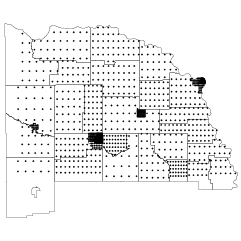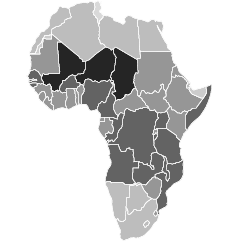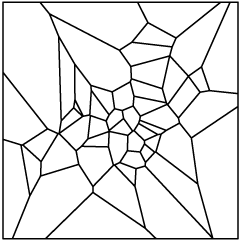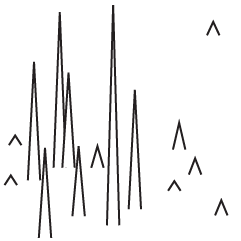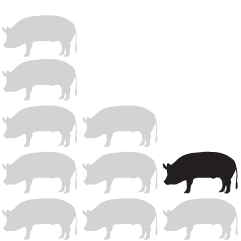Filmmaker Oscar Sharp and technologist Ross Goodwin fed a machine learning algorithm with a bunch of Sci-Fi movie scripts to see what new script it would spit out. A script for Sunspring is the result, and this is the film, starring Thomas Middleditch. Riveting.
Read More
-
-
Dango is an Android app that predicts relevant emojis as you type. Xavier Snelgrove, the CTO for the group, explains how they use neural networks to make that happen.
Recently, neural networks have become the tool of choice for a variety of tough computer-science problems: Facebook uses them to identify faces in photos, Google uses them to identify everything in photos. Apple uses them to figure out what you’re saying to Siri, and IBM uses them for operationalizing business unit synergies.
It’s all very impressive. But what about the real problems? Can neural networks help you find the ? emoji when you really need it?
Why, yes. Yes they can. ?
-
The Tampa Bay Times takes you through a 3-D model of Pulse Nightclub in Orlando, driven by the narratives of those who were there at night. Heartbreaking.
-
Two decades out from the first statewide ban on smoking in enclosed workplaces, here’s who still smokes.
-
For decades, Americans spent more money at the grocery store than at eating and drinking establishments. It’s not like that anymore, Quartz reports.
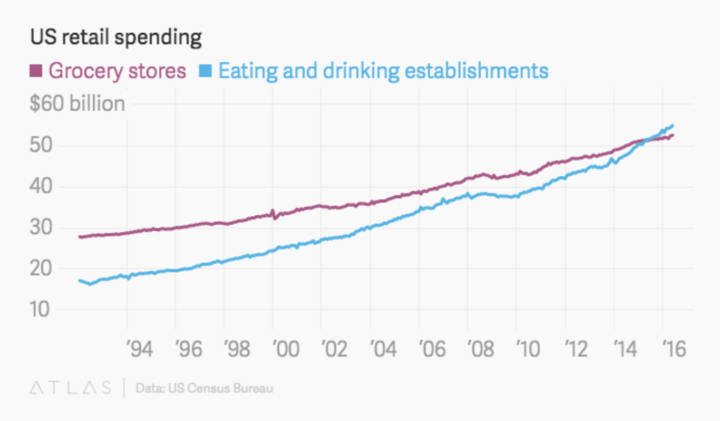
-
Really fun. “Motion capture, procedural animation and dynamic simulations combine to create a milieu of iconic pop dance moves that become an explosion of colorful fur, feathers, particles and more.”
-
Even if there were a statistical model that predicted a mass shooter with 99 percent accuracy, that still leaves a lot of false positives. And when you’re dealing with individuals on a scale of millions, that’s a big deal. Brian Resnick and Javier Zarracina for Vox break down the simple math with a cartoon.
-
If you look at gun death rates for other western countries and adjust for population, the United States is a sore-thumb outlier. Kevin Quealy and Margot Sanger-Katz for the Upshot report.
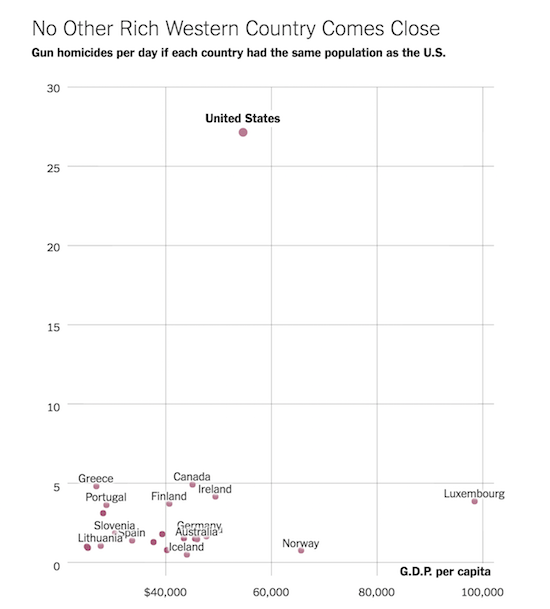
Be sure to look at the headline for a few seconds (if you’re on a desktop). It changes to provide different baselines to compare the US rate against.
-
As of May 2016, there were 64,432 licensed firearms dealers and pawnbrokers, which got me wondering how that compares to other businesses.
-
We keep getting bigger. Watch overweight and obesity rates move up over several decades.
-
Voter turnout and political leanings for various demographic groups play an important role on the campaign trail. Candidates can’t go everywhere and talk to every single person, so they pick and choose. From the voter perspective, turnout feeds into an indicator for influence. In this interactive by Nate Cohn and Amanda Cox for the Upshot, Democrat percentage is plotted against turnout.
Each bubble represents a demographic — such as Asian women between 45 and 64 years old with college degrees living in California — and size represents number of votes in 2012 or 2004. See the big picture at first, and then use the dropdown menus to filter down to your group of interest.
-
Geographers Seth Spielman and Alex Singleton used something called “geodemographic classification” to classify small areas based on demographic averages.
[F]or example, we can identify places dominated by small apartments occupied by single city dwellers from those family residences and larger detached homes. The techniques are very popular in industry for customer segmentation – with logic following that our purchasing behaviour is influenced by where we live.
So it’s not just mapping race, age, or housing individually. Instead, the method provides much more detailed and descriptive clusters. Then, CartoDB recently made an interface to search and browse the data.
-
Here are some tips to get you started, based on my own experiences with R, and more recently, the JavaScript library d3.js.
-
A Course for Visualizing Time Series Data in R
Learn to visualize temporal patterns in a couple of days.
-
The Thinking Machine, by Martin Wattenberg and Marek Walczak, shows you the thought process of a computer trying to win at chess. There have been several iterations that date back to 2002, but the most recent iteration was built for modern browsers and you can play against the computer.
-
On average, we use less energy as we age, and so we should eat less. We don’t always adjust soon enough though.
-
With an animated take on the commute map, Mark Evans shows where people commute to work.
The resulting animations are somewhat hypnotic (even my dog seemed to go into a trance watching them leading to minutes of human amusement) but also provide a visual way of quickly seeing the distribution of workers into a given city. The points are sized based on the number of commuters, so a large dot indicates a higher relative number of commuters moving from the same tract to the same tract. The dots are also color coded to see which counties are most represented in the commuter sample.
Just select a county to see. [Thanks, @Mikey_Two]
-
I hear there’s some show called “Game of Thrones” that’s kind of popular these days. Twitter visualized how every episode was discussed, counting the character connections, the emojis used, and the changes over time.
See how popular each character was, and the emojis used to described each character. In the visualization below, each circle represents a character with its size proportional to how often the character was mentioned in the Tweets and color representing affiliation of the character. The most used emojis for each character are displayed under the character name.
[Thanks, @kristw]
-
For most, crying isn’t an especially common occurrence over a long period of time, but when it happens, it’s often because something significant occurs in one’s life. Over the course of a couple of years, Robin Weis has 394 such occurrences. She knows this because she tracked when she cried and then later classified each event.
Read More -
Terrapattern is a fun prototype that lets you search satellite imagery simply by clicking on a map. For example, you can click on a tennis court, and through machine learning, the application looks for similar areas.
Terrapattern uses a deep convolutional neural network (DCNN), based on the ResNet (“Residual Network”) architecture developed by Kaiming He et al. We trained a 34-layer DCNN using hundreds of thousands of satellite images labeled in OpenStreetMap, teaching the neural network to predict the category of a place from a satellite photo. In the process, our network learned which high-level visual features (and combinations of those features) are important for the classification of satellite imagery.

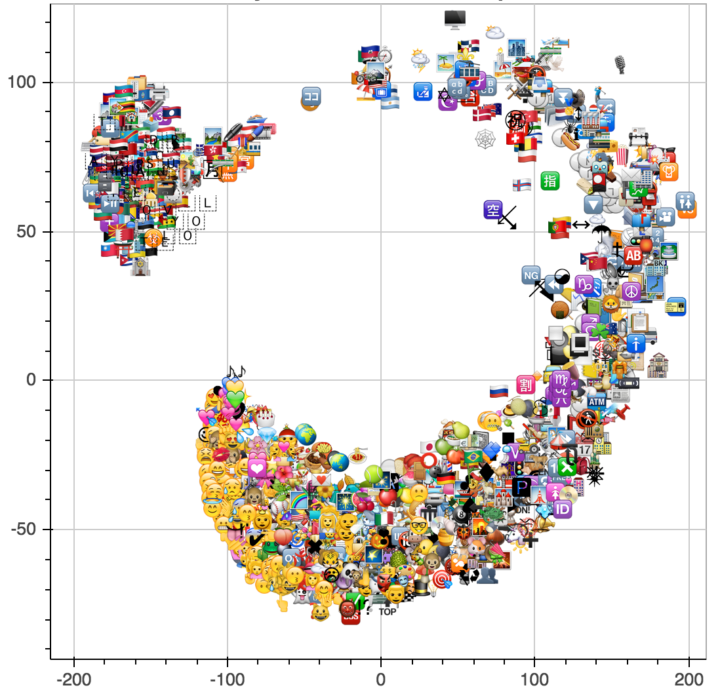
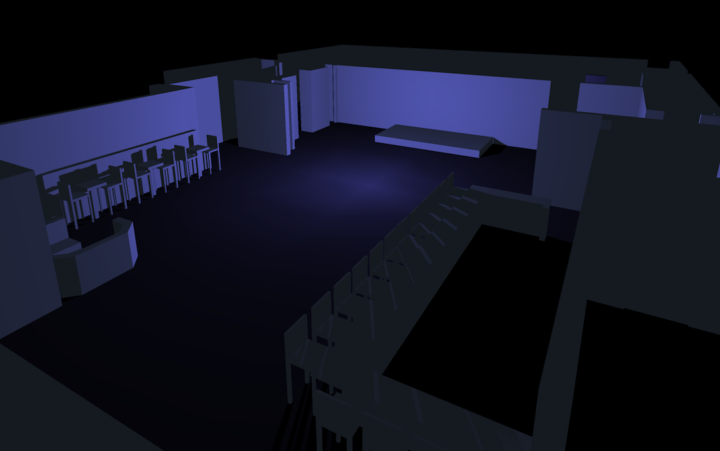

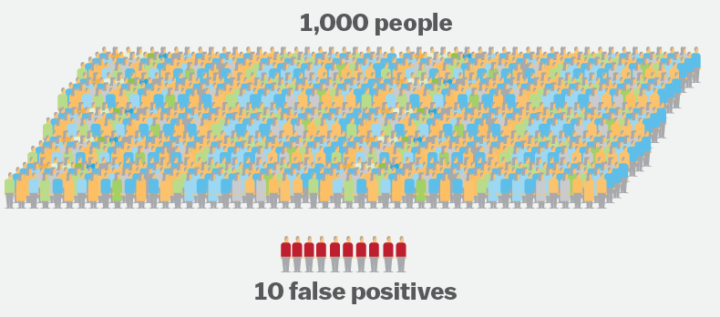


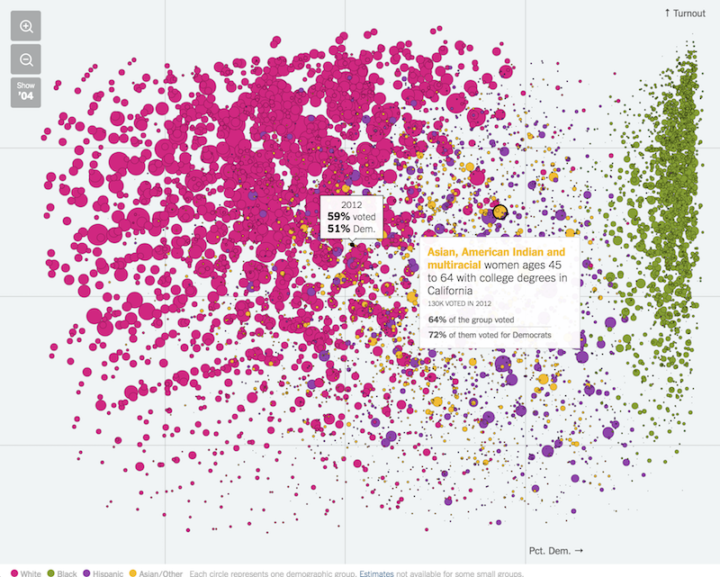

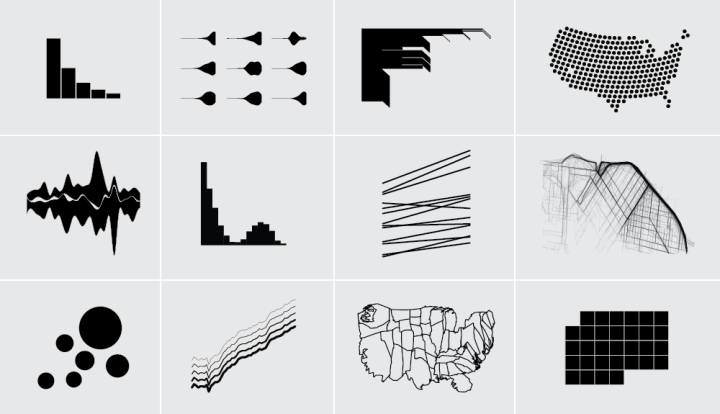

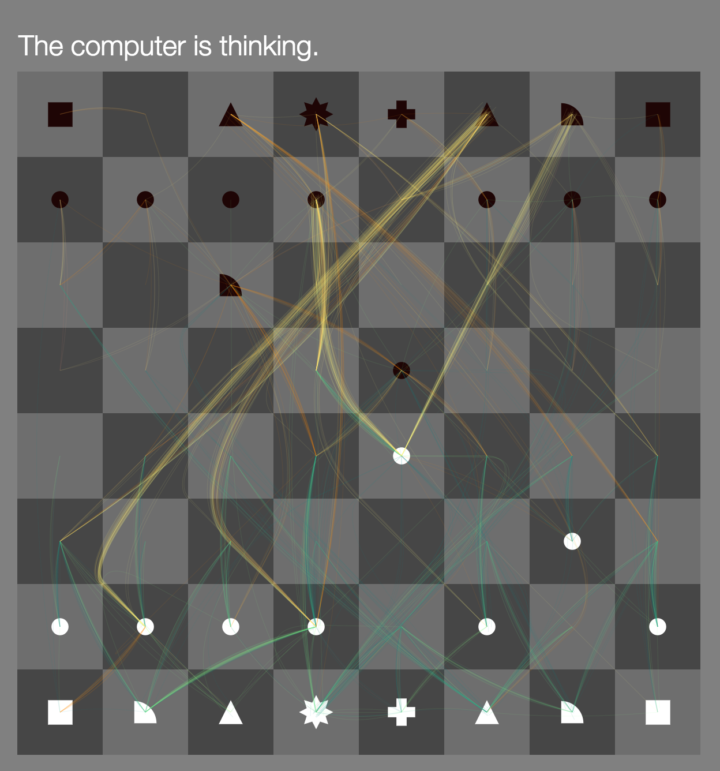

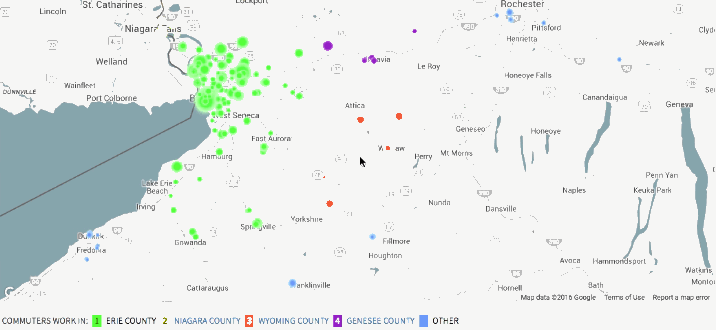
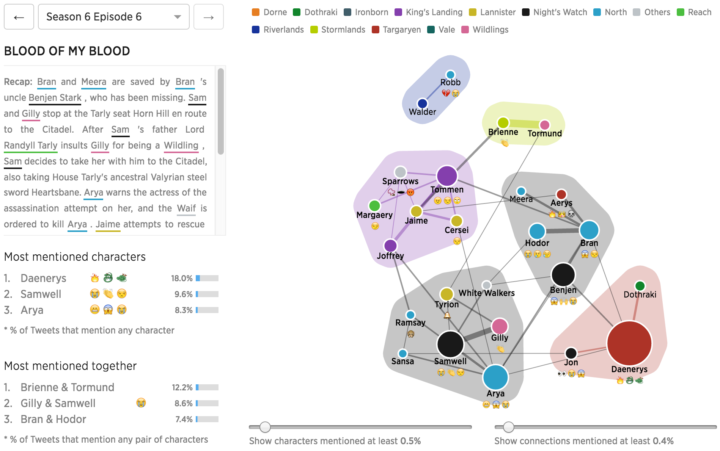
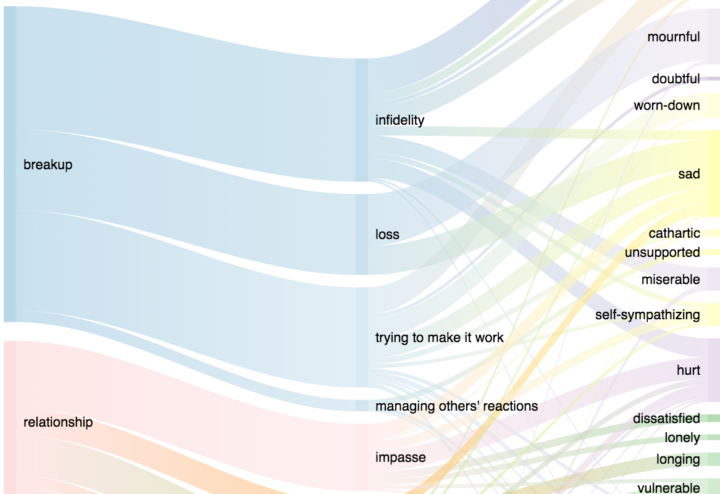
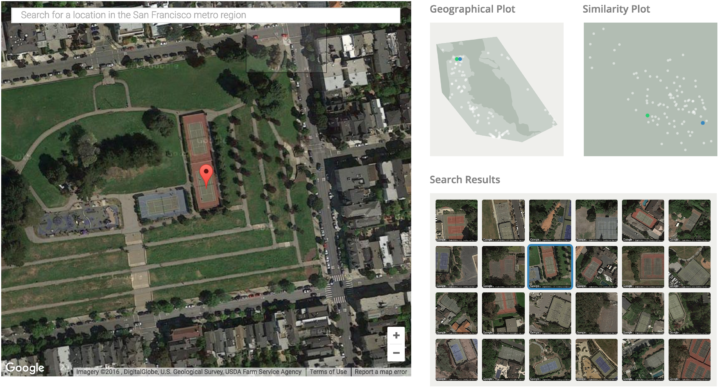
 Visualize This: The FlowingData Guide to Design, Visualization, and Statistics (2nd Edition)
Visualize This: The FlowingData Guide to Design, Visualization, and Statistics (2nd Edition)

